The human body’s ability to move in different directions is largely due to the coordinated action of various muscle groups. One such movement, essential for mobility and stability, is hip abduction. This article explores the hip abductor muscles, their functions, and their significance in daily activities and athletic performance.
What is Hip Abduction?
Hip abduction refers to the movement of the leg away from the body's midline in the frontal plane. It is a vital motion used in many functional tasks, such as walking, running, and maintaining balance. Abducting the hip involves the contraction of specific muscles that work together to move the leg outward.
The Abductor Muscles of the Hip
The hip abductor muscles are crucial for controlling the movement and stability of the pelvis. These muscles are primarily responsible for the abduction of the hip, enabling the leg to move away from the body's center. There are several key muscles involved in this movement:
-
Gluteus Medius: The gluteus medius is the main muscle responsible for the abduction of the hip. Located on the outer surface of the pelvis, it plays a critical role in stabilizing the pelvis when standing on one leg.
-
Gluteus Minimus: Situated beneath the gluteus medius, the gluteus minimus assists in the abduction of the hip and stabilizes the pelvis during movement.
-
Tensor Fasciae Latae (TFL): Located on the lateral side of the hip, the TFL helps abduct the hip and stabilizes the hip and knee joints.
-
Sartorius: While primarily known for its role in hip flexion, the sartorius also assists in hip abduction, particularly when the leg is in a flexed position.
Muscles Involved in Hip Abduction
While the gluteus medius and minimus are the primary muscles responsible for the hip abduction movement, other muscles like the gluteus maximus, sartorius, and the TFL contribute to a lesser extent. Together, these muscles work synergistically to produce smooth, controlled abduction and stabilize the hip during various activities.
Role of Gluteus Maximus in Hip Abduction
The gluteus maximus, though more involved in hip extension, plays a secondary role in hip abduction, especially when the hip is in a flexed position. It helps to stabilize the hip joint and prevent excessive movement that could lead to injury. The gluteus maximus contributes significantly to movements requiring power, such as sprinting and jumping, by aiding in both abduction and extension.
Left Hip Abductor: What Does it Mean?
When referring to the left hip abductor, we are specifically talking about the muscles located on the left side of the body that are responsible for the abduction of the left leg. Weakness or injury to the left hip abductor can affect balance, gait, and overall movement efficiency, leading to compensation from other muscle groups.
Where is the Hip Abductor Muscle Located?
The hip abductor muscles are situated on the lateral aspect of the hip. Specifically, the gluteus medius and minimus are found on the outer surface of the pelvis, while the tensor fasciae latae lies near the upper thigh. These muscles are easily felt when standing on one leg, as they work to keep the pelvis stable and the leg elevated.
Importance of Hip Abduction in Daily Activities
Hip abduction is essential for a wide variety of movements. It aids in stabilizing the pelvis when walking, running, or standing on one leg. Activities like side-stepping, climbing stairs, and getting in and out of a car all rely on the efficient functioning of the hip abductor muscles.
Conclusion
The abductor muscles of the hip, including the gluteus medius, gluteus minimus, and tensor fasciae latae, play a significant role in facilitating the abduction of the hip and maintaining the stability of the pelvis. Whether it's walking, running, or performing more complex movements, these muscles work in tandem to ensure optimal performance and prevent injury. Understanding the muscles involved in hip abduction and their importance can help in both rehabilitation and enhancing athletic performance.
By focusing on strengthening the hip abductor muscles, individuals can improve their mobility, balance, and overall hip function, reducing the risk of injury and enhancing their quality of life.

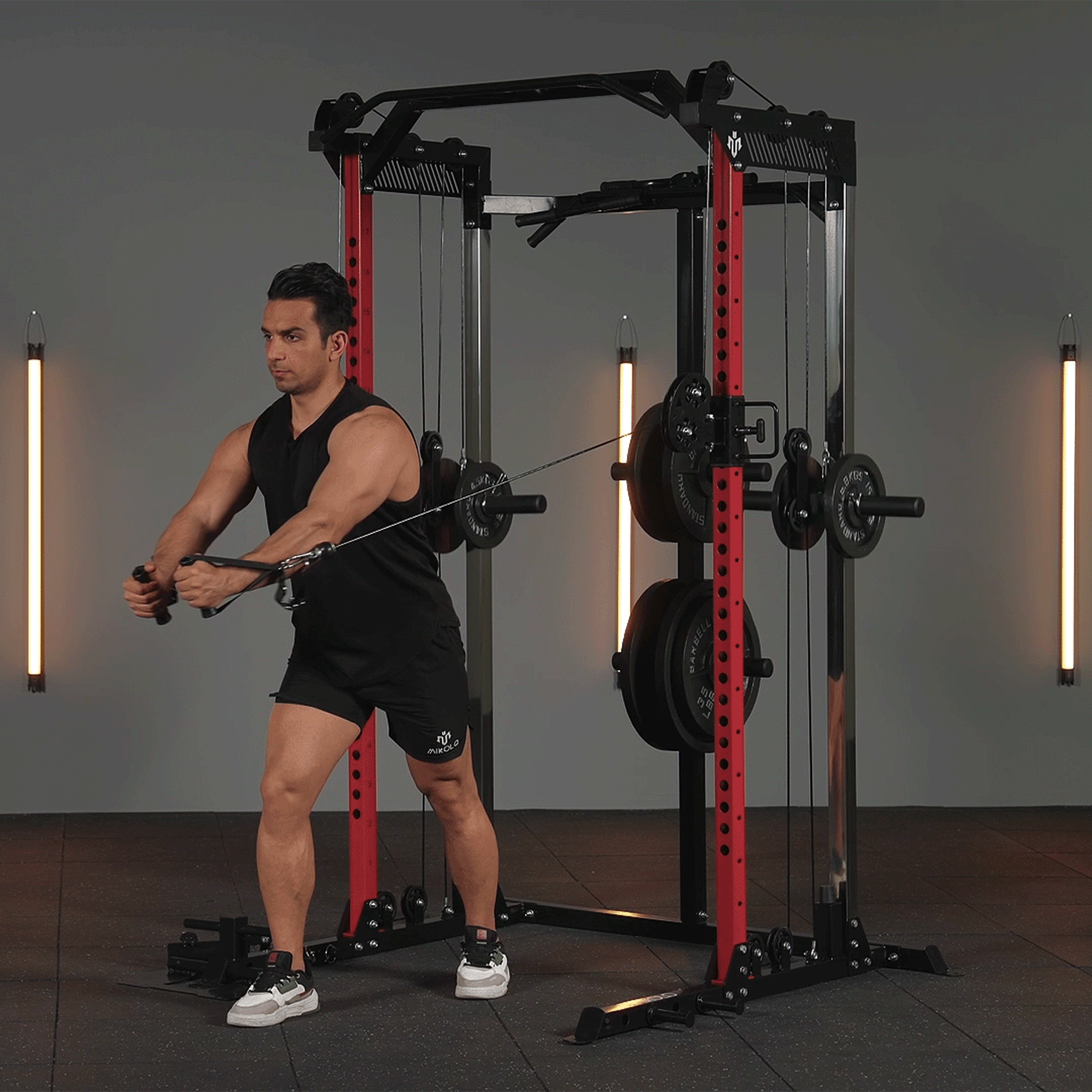




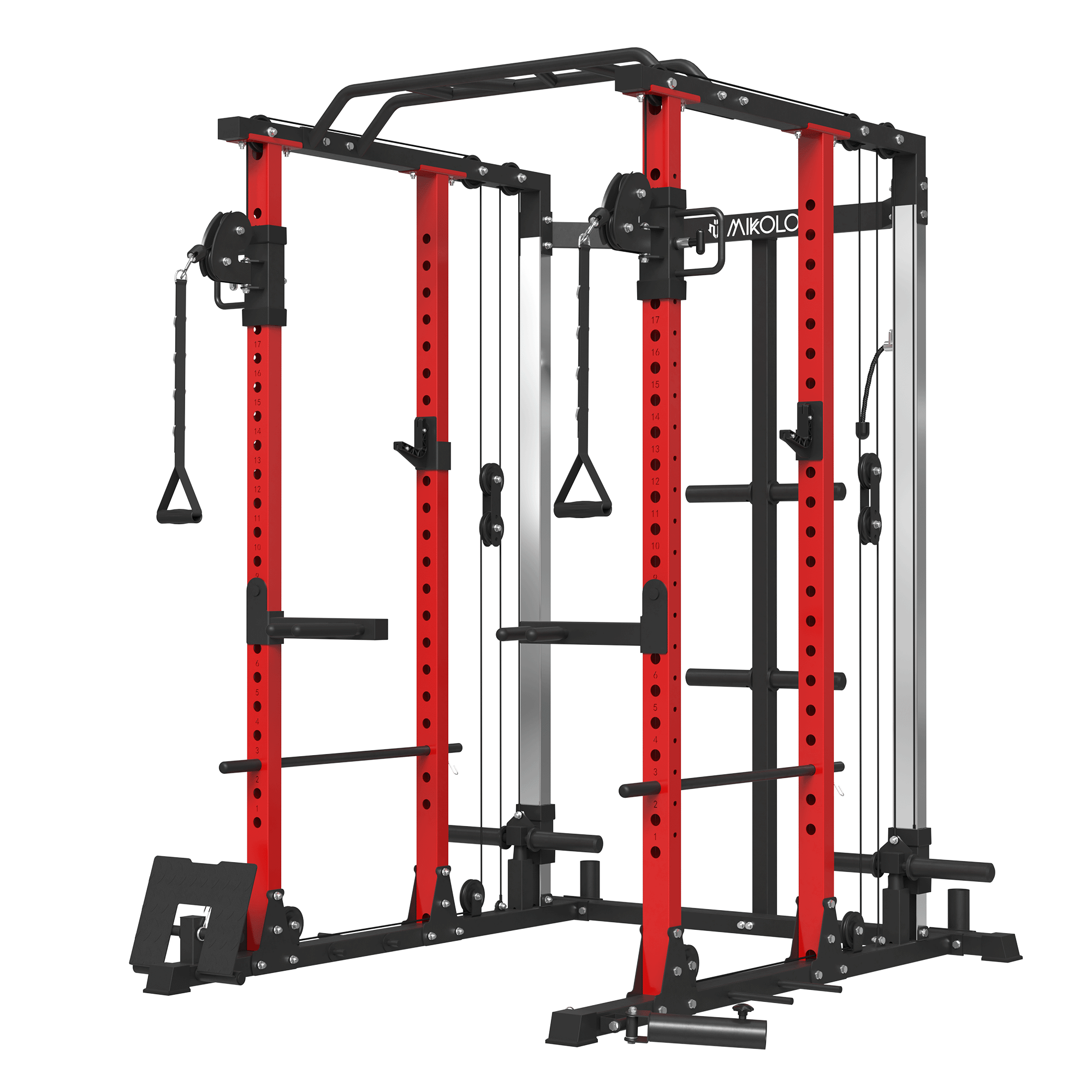

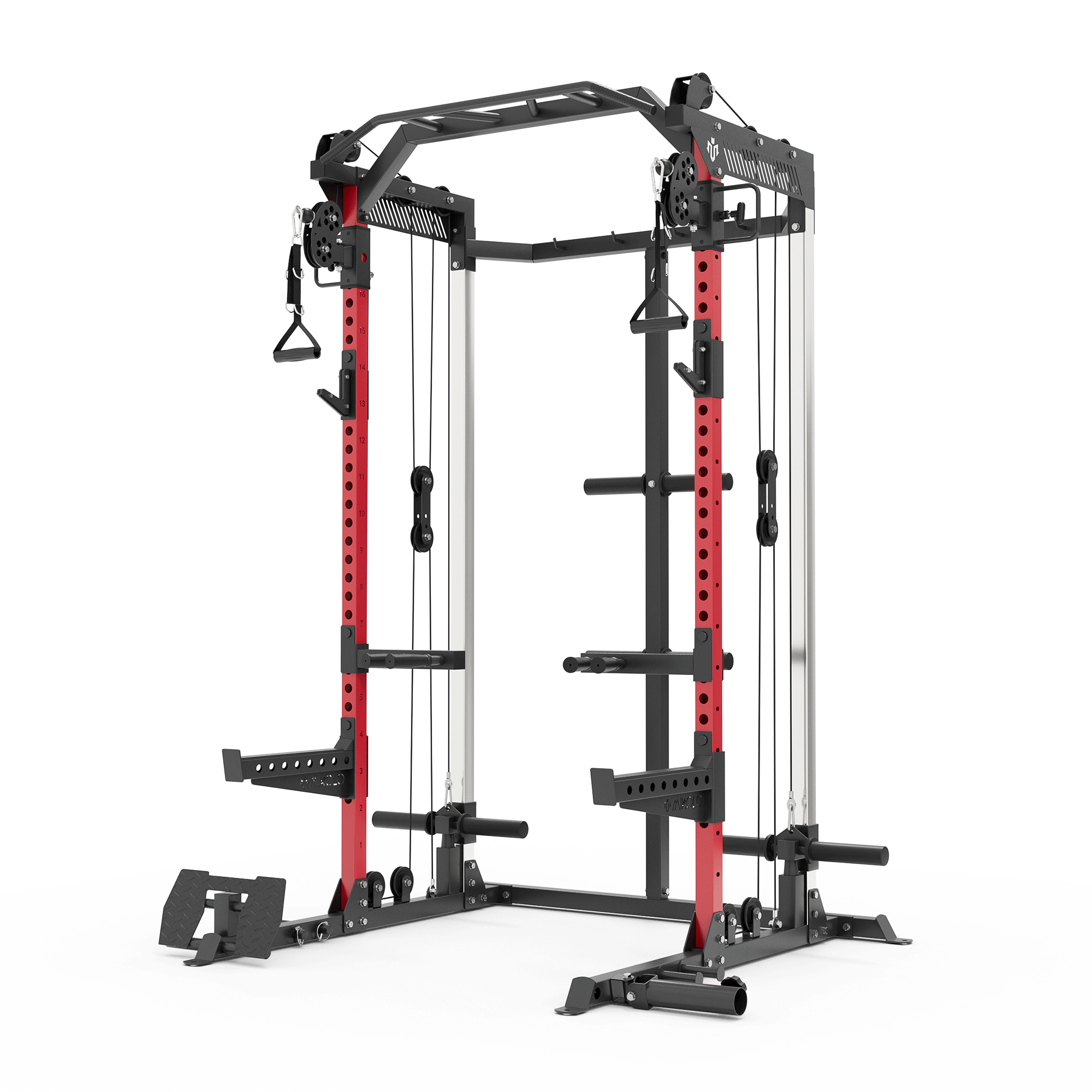

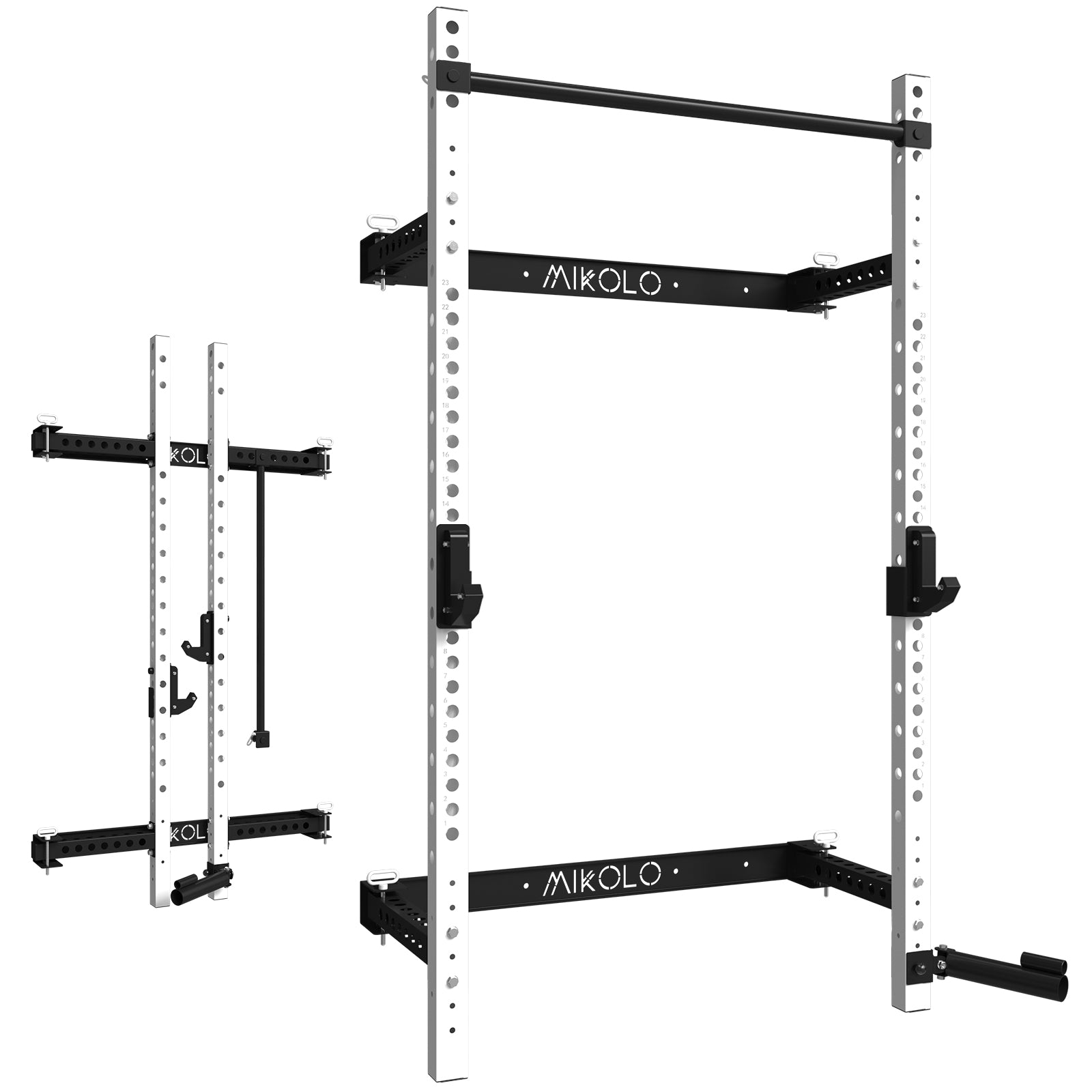
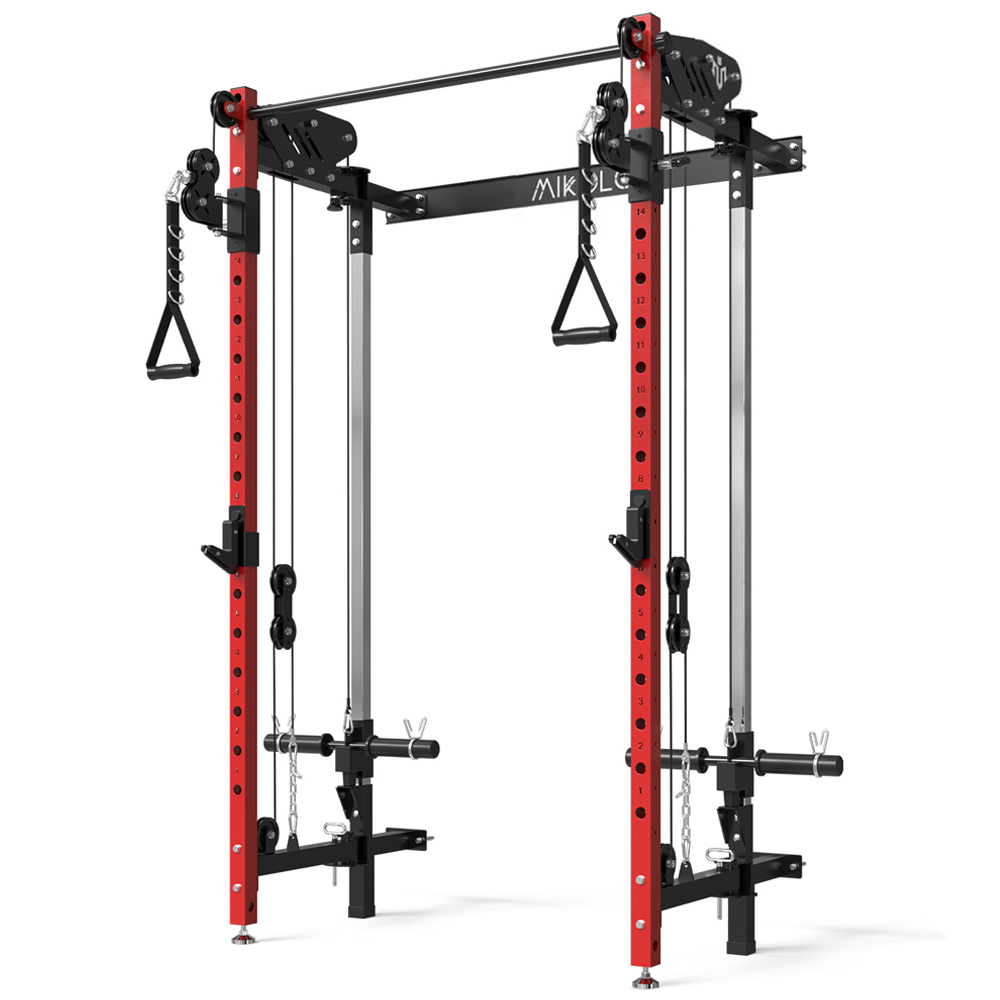
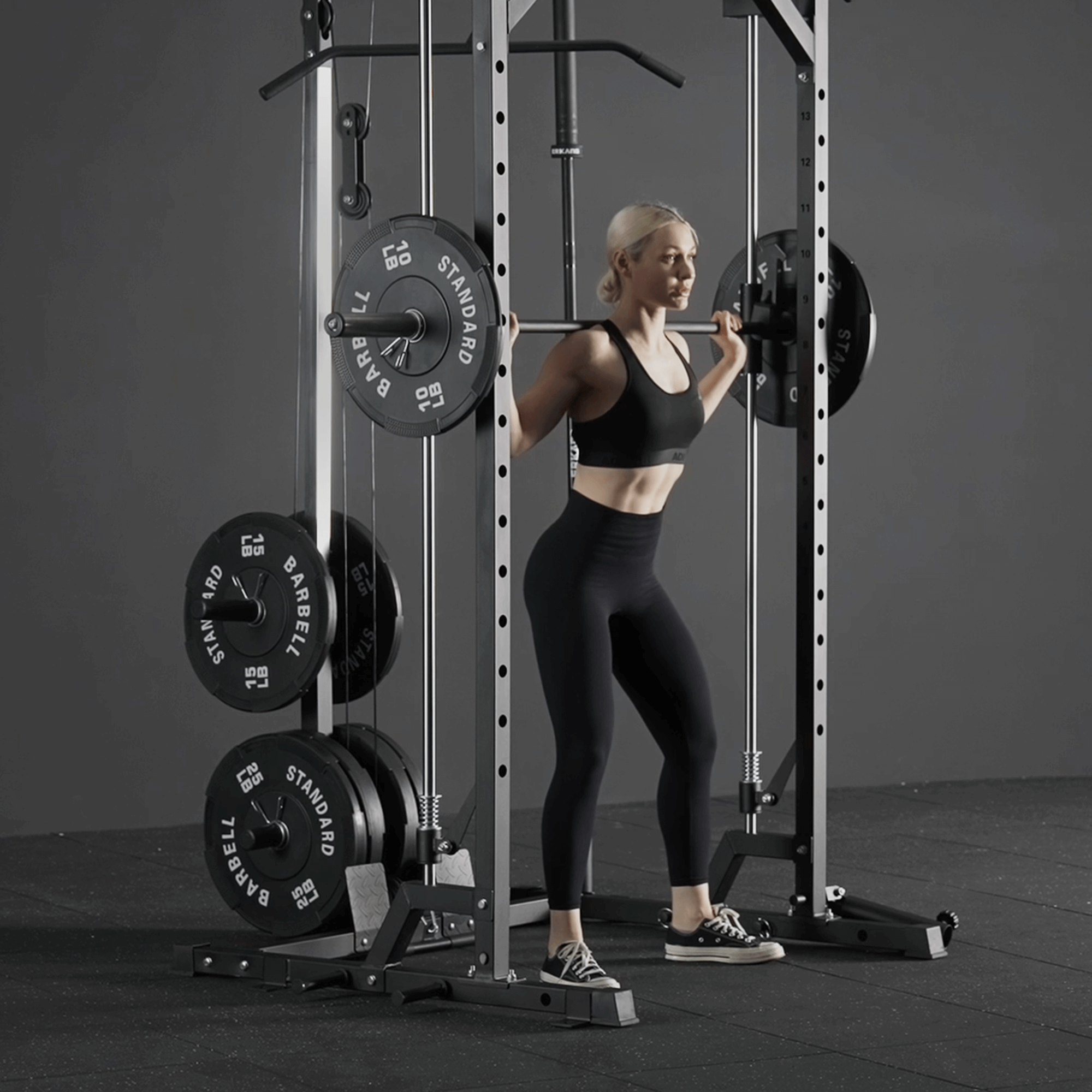


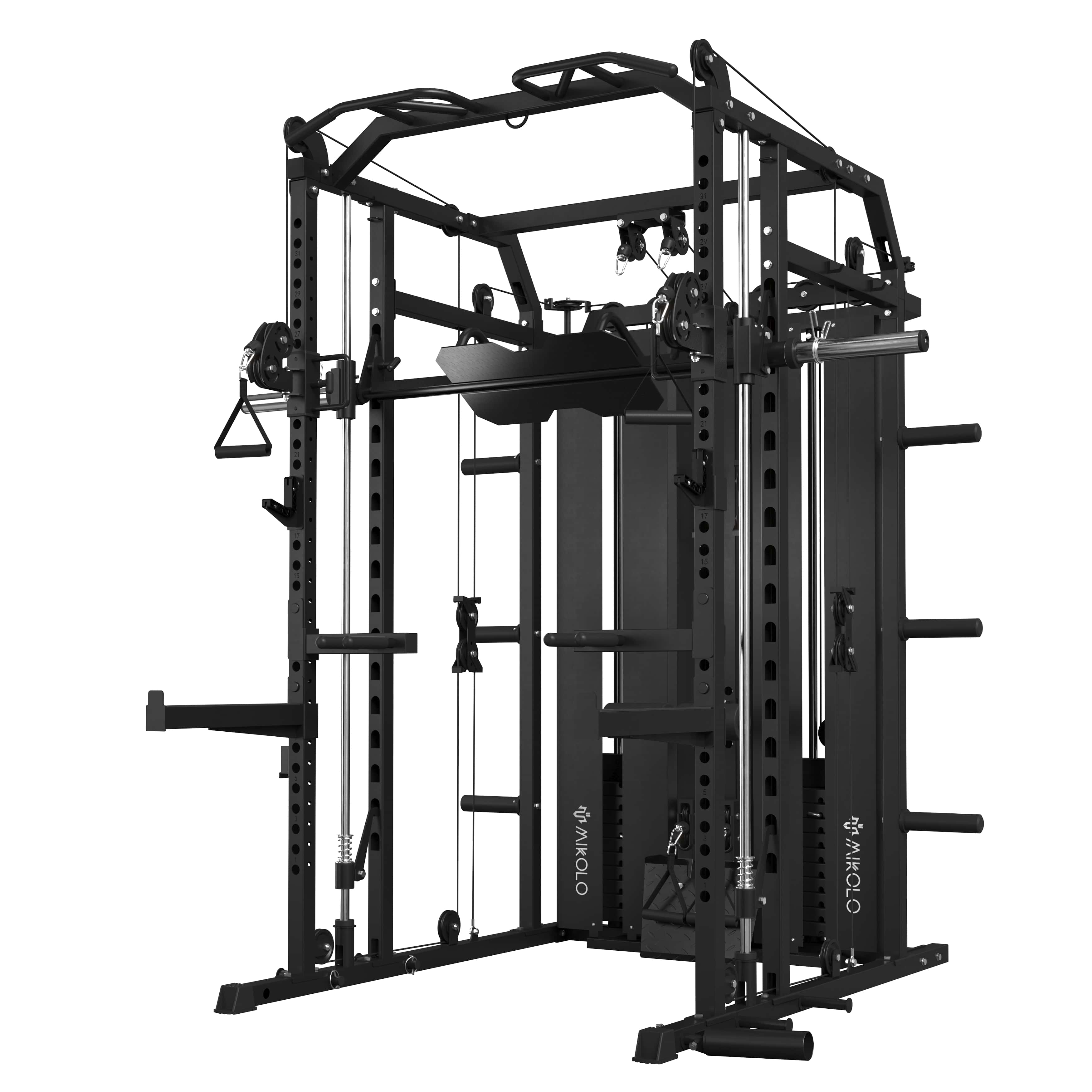


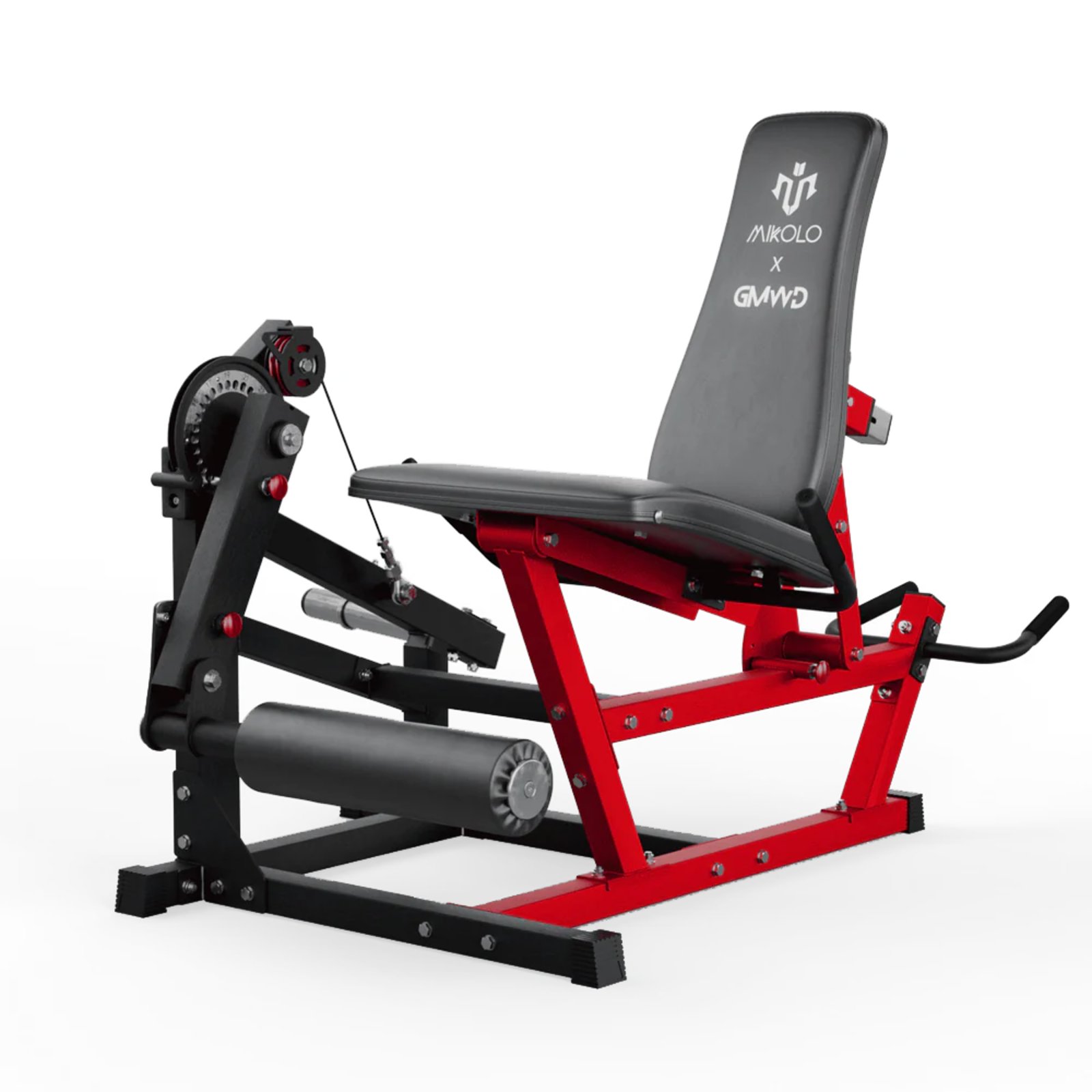
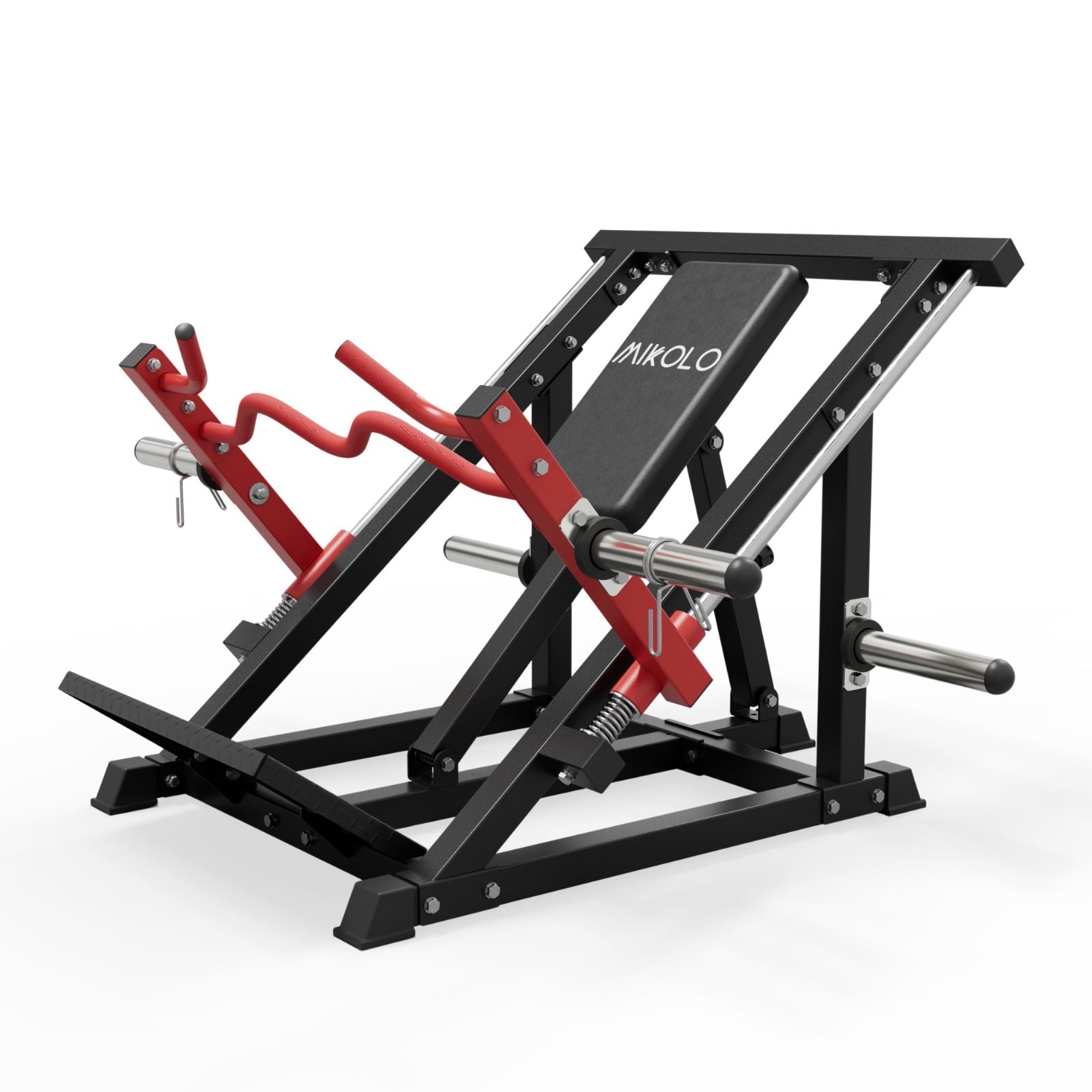
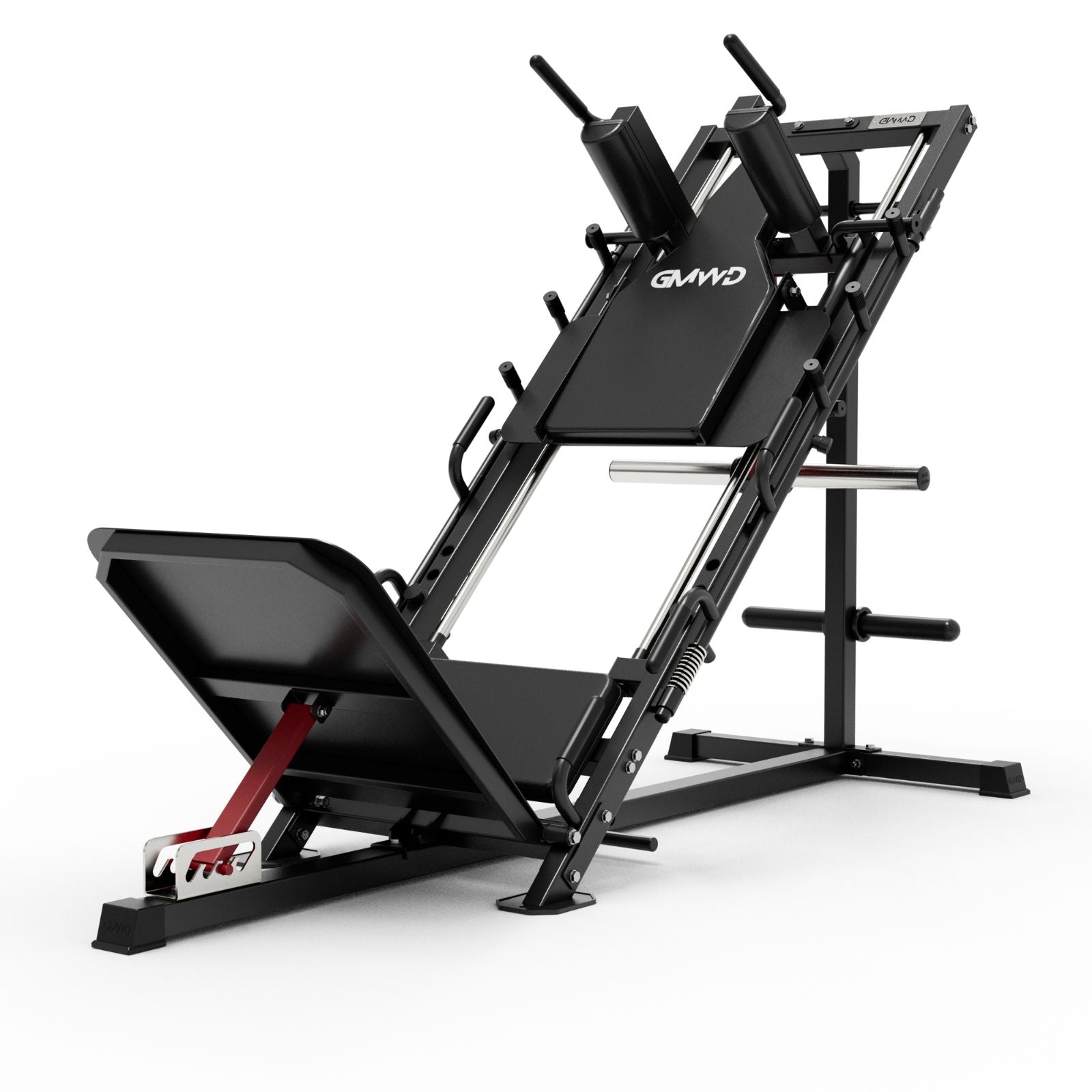
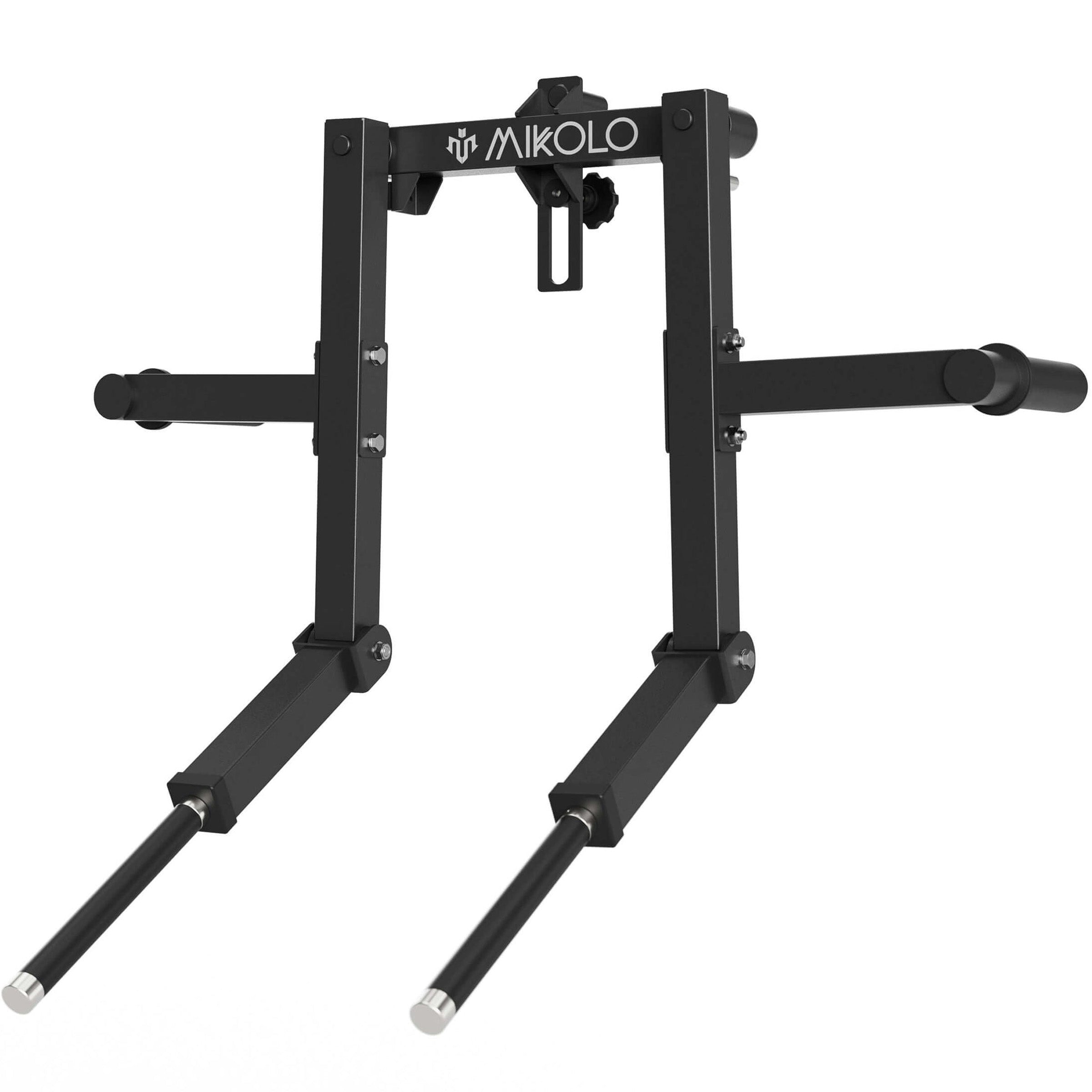
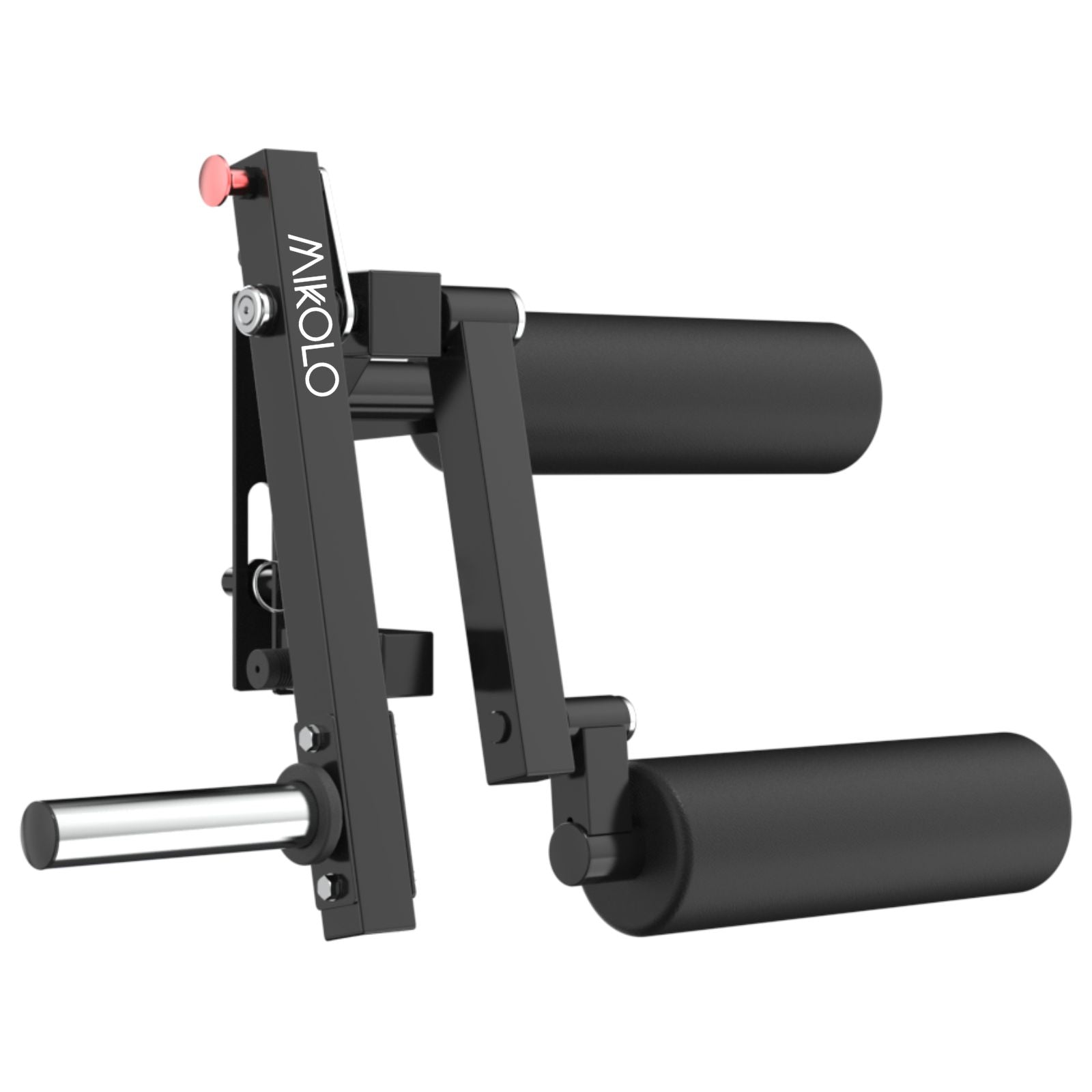
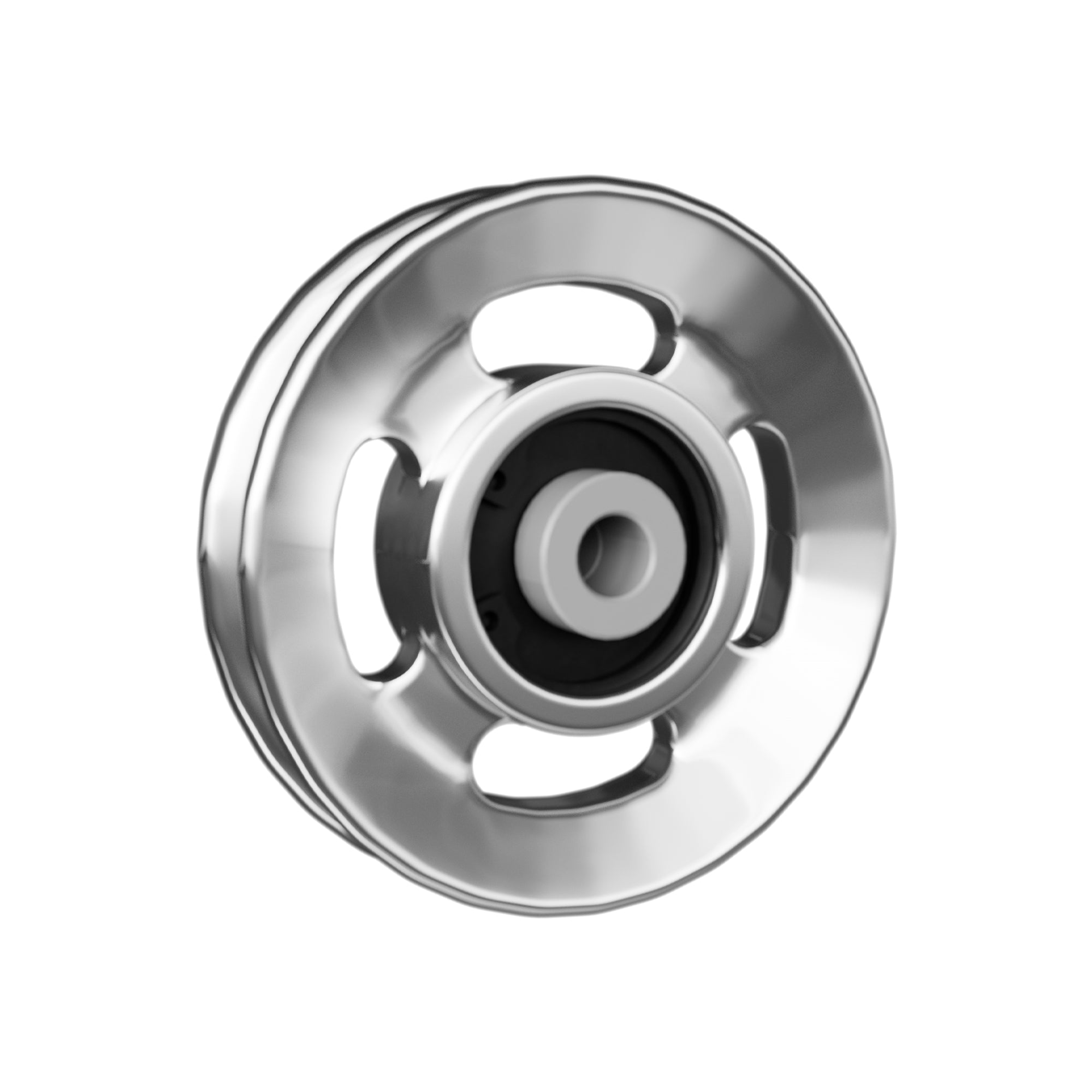

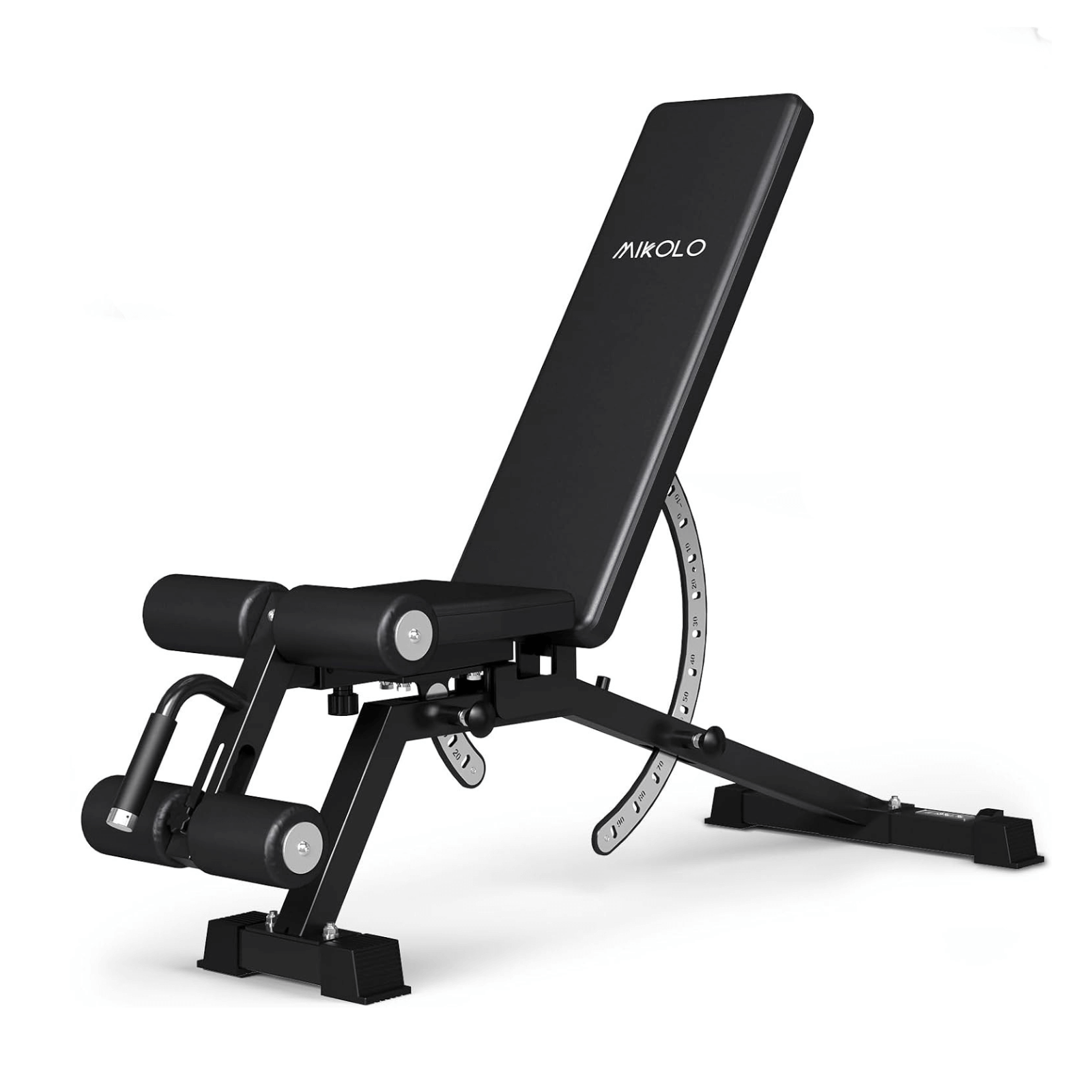
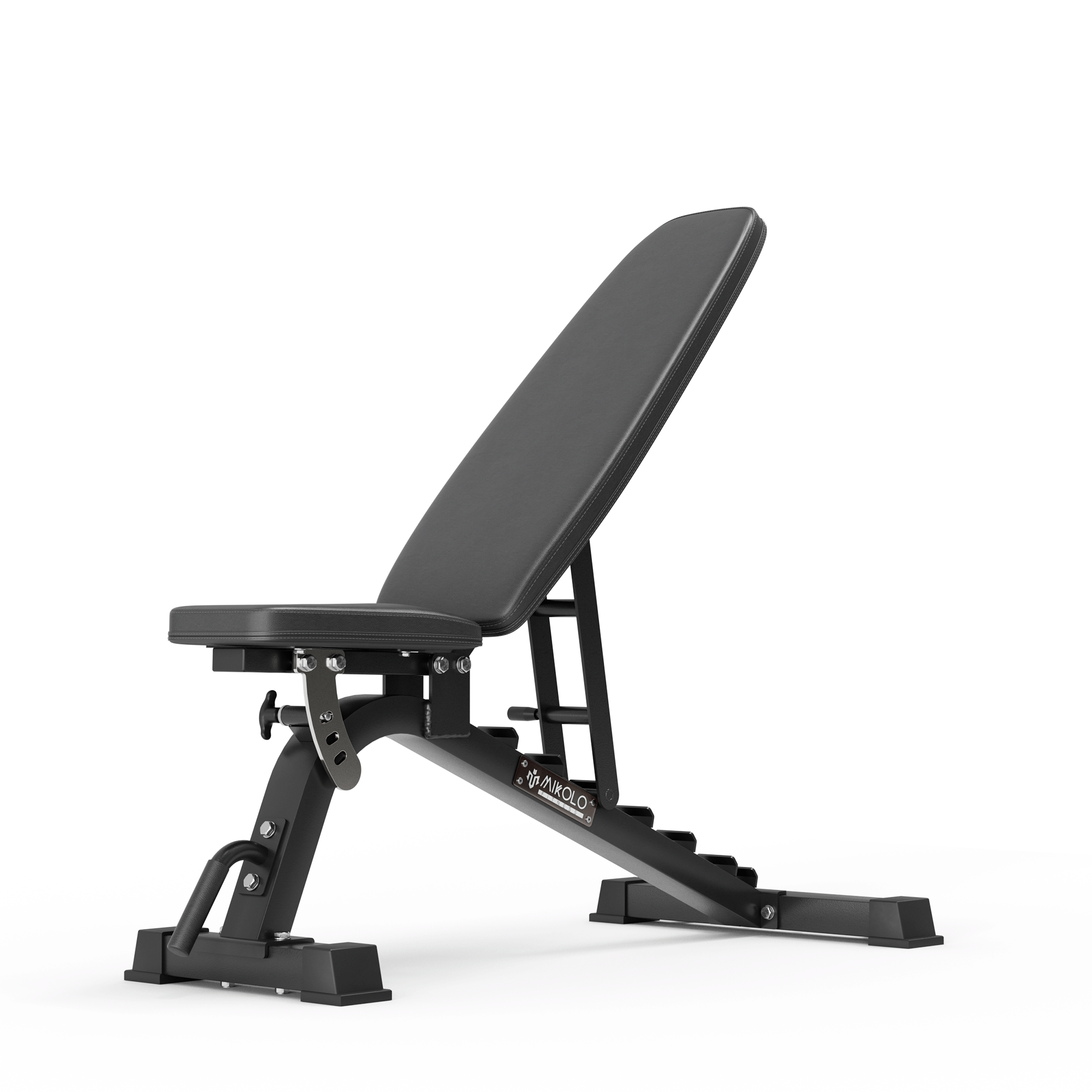

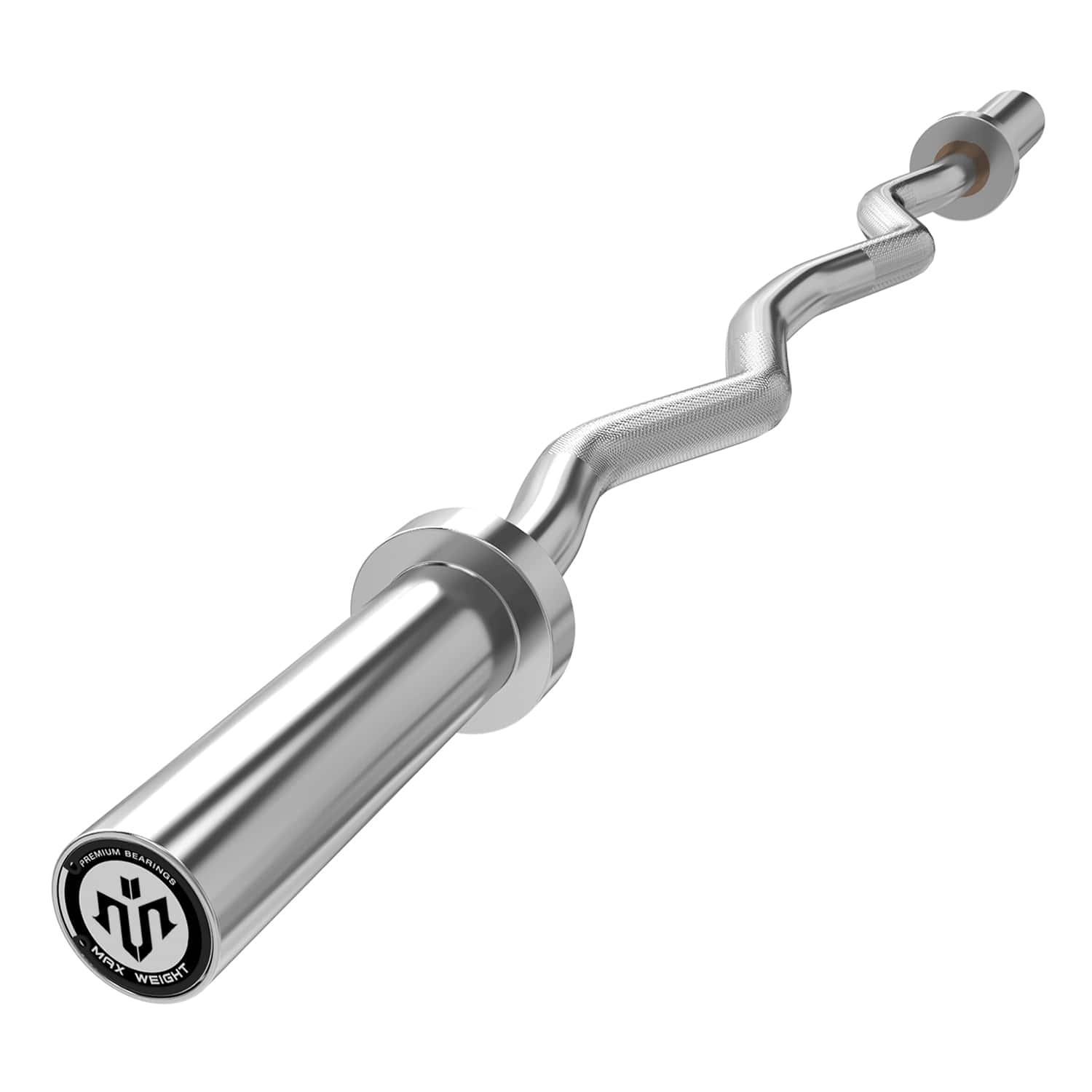
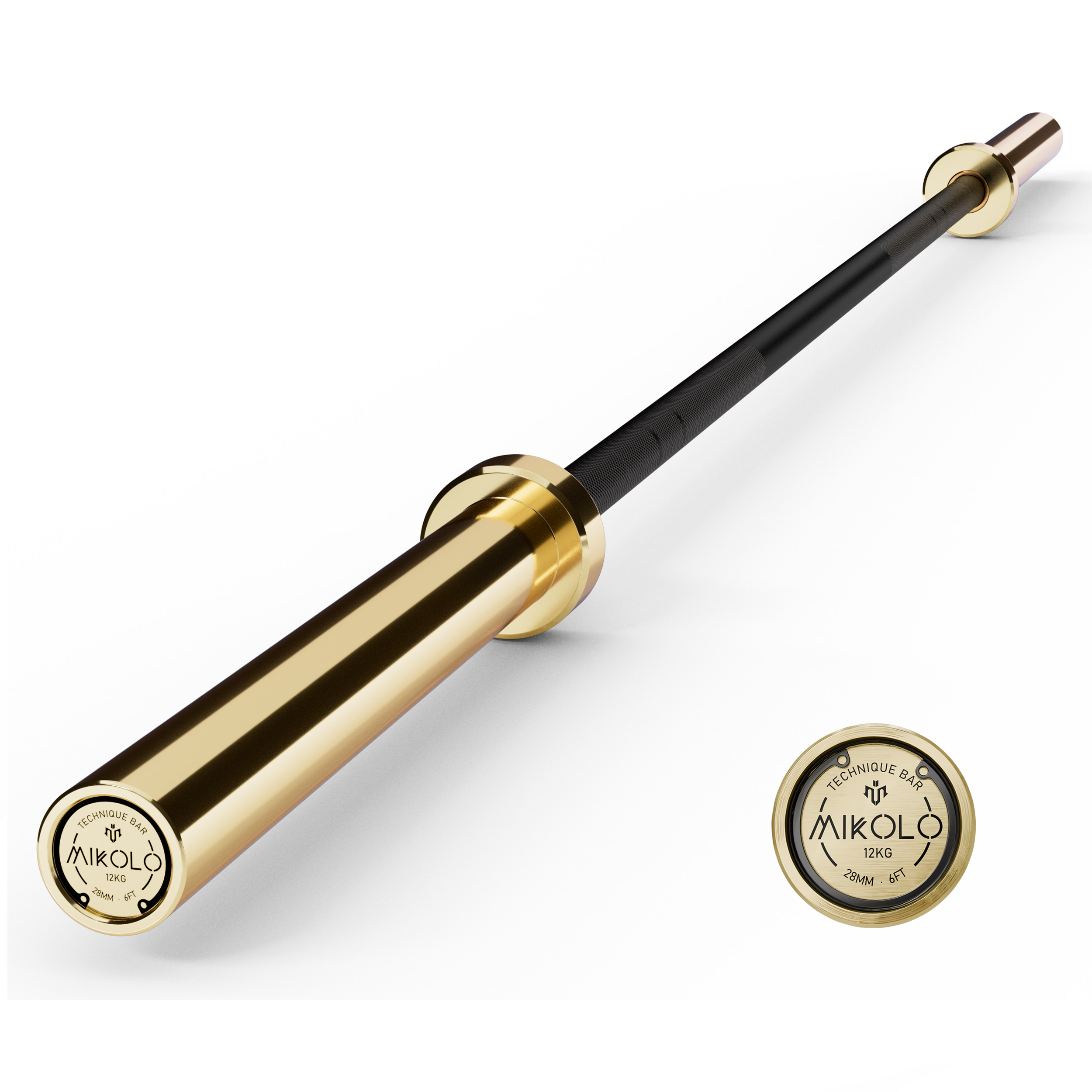






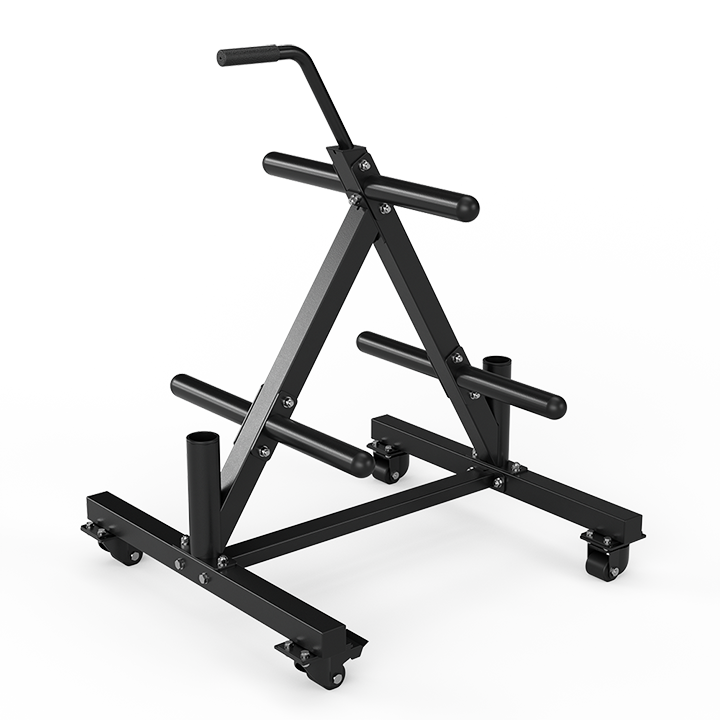
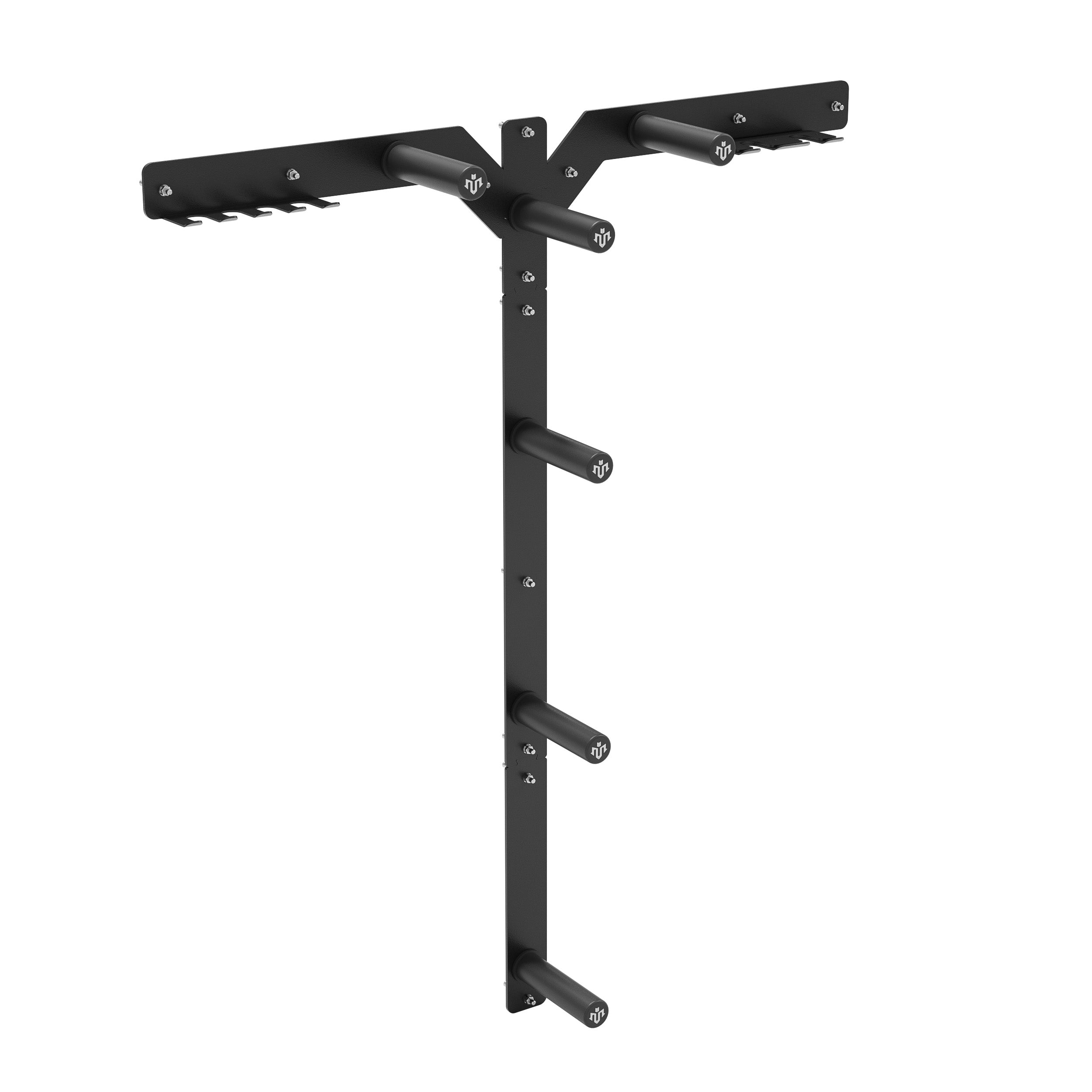
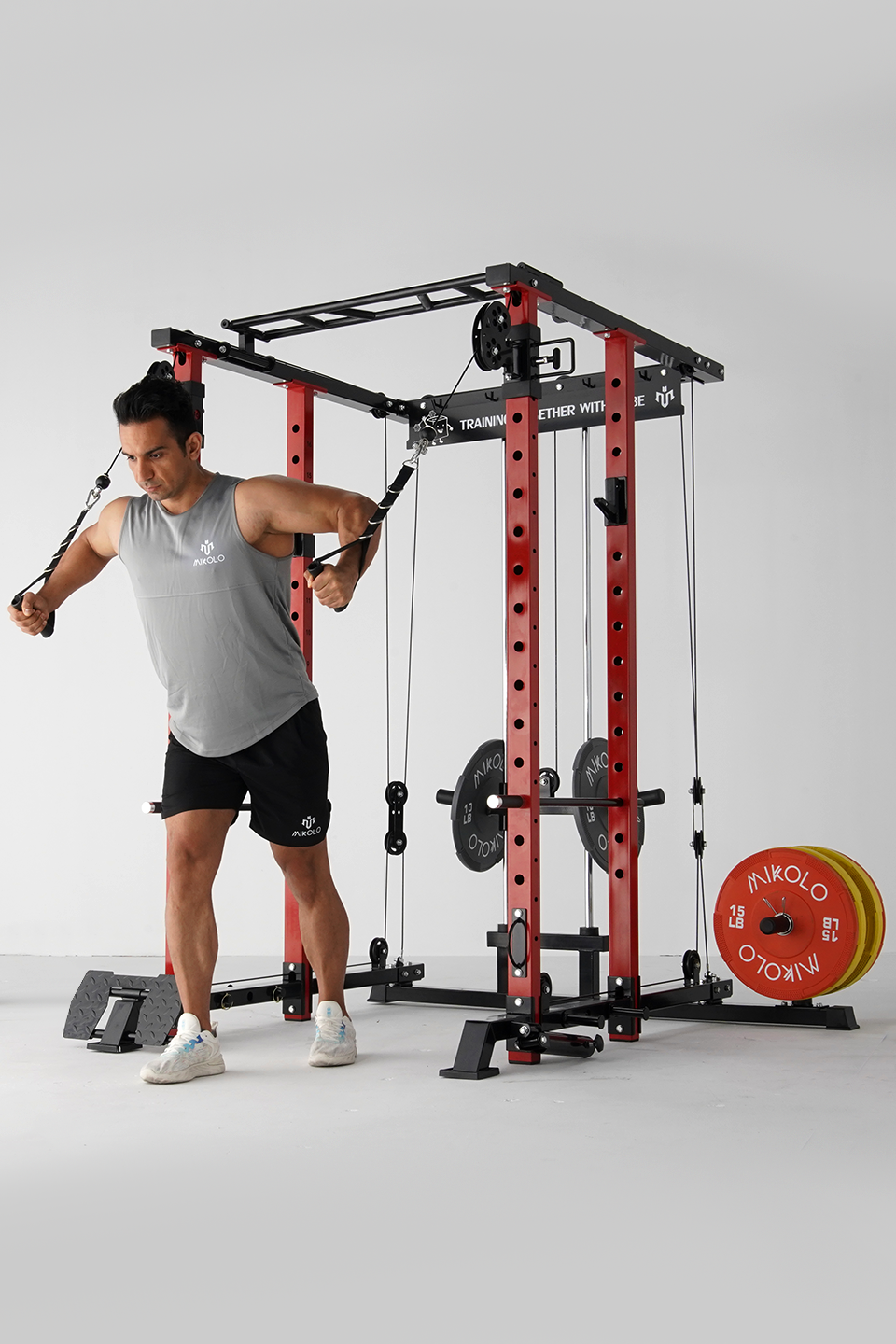



Leave a comment
This site is protected by hCaptcha and the hCaptcha Privacy Policy and Terms of Service apply.